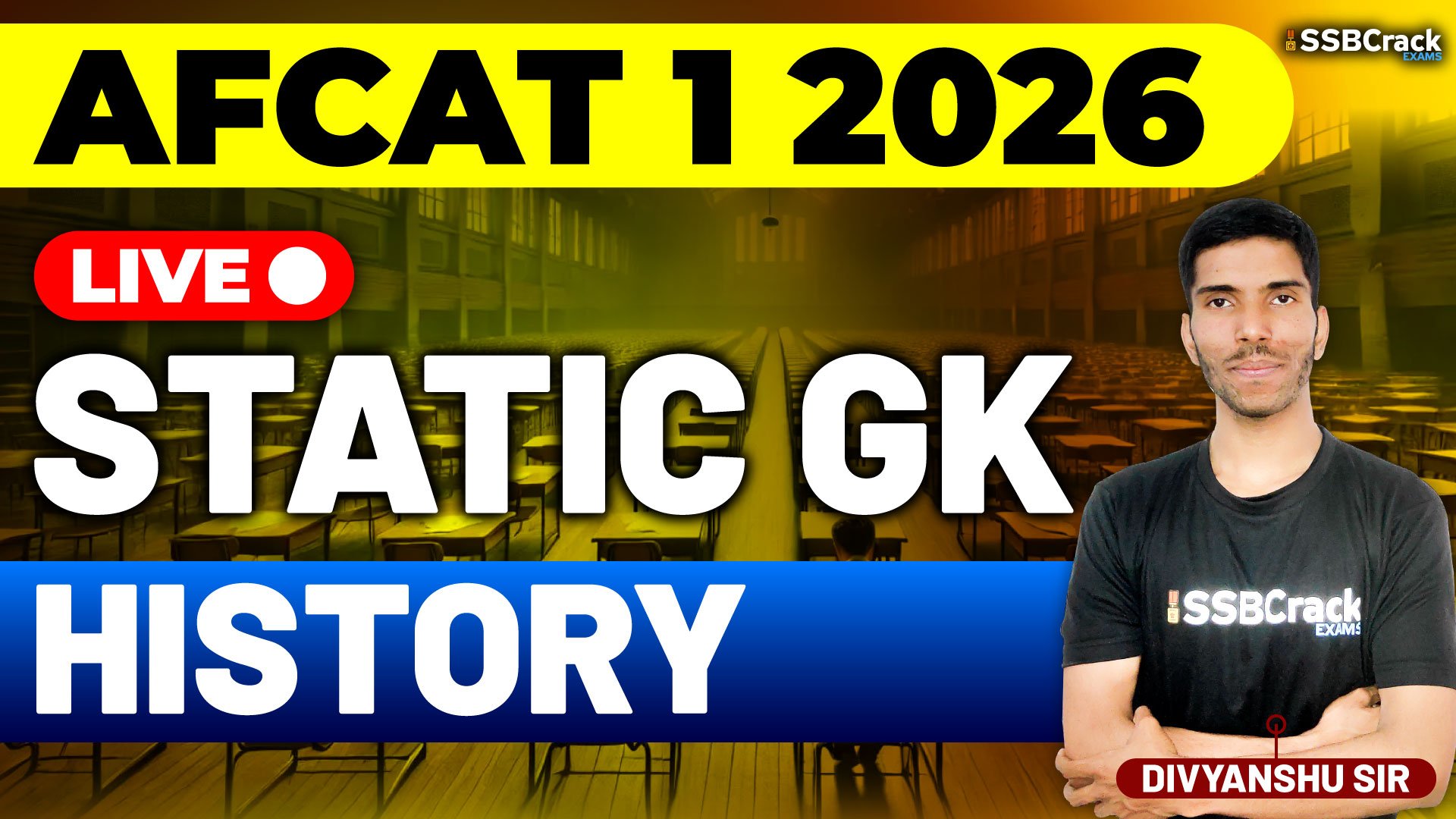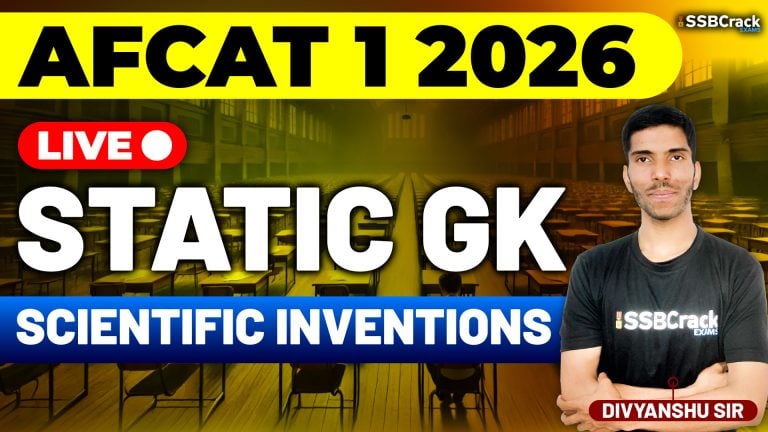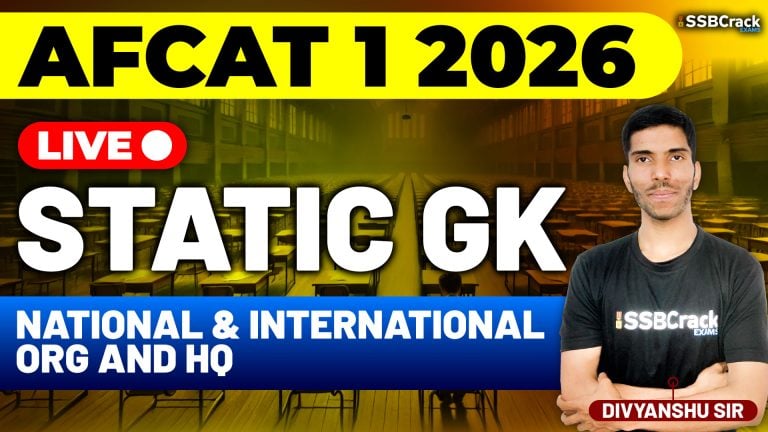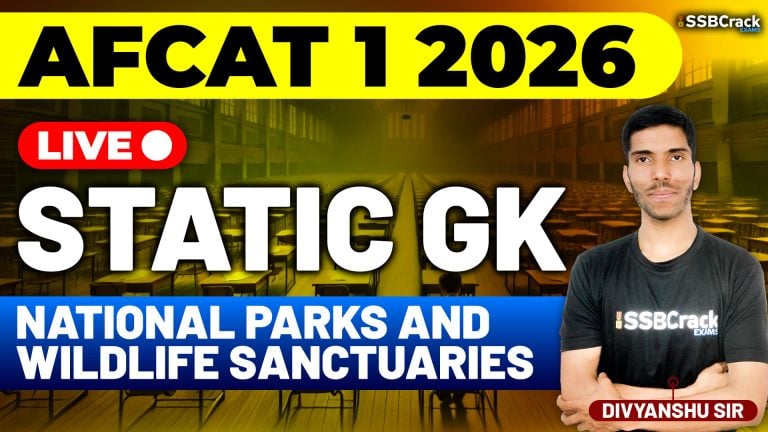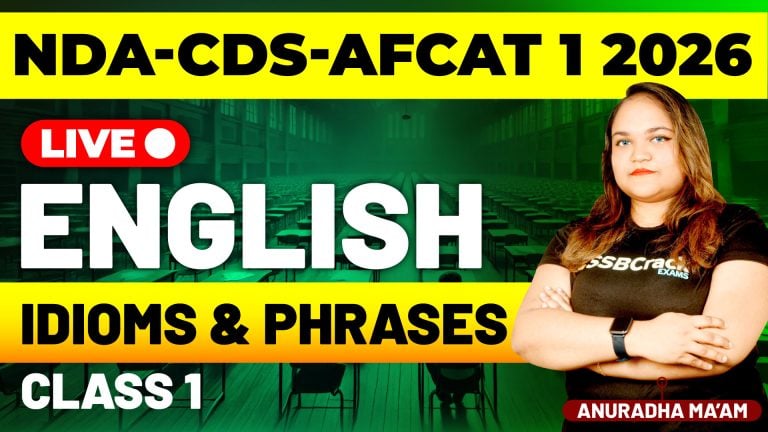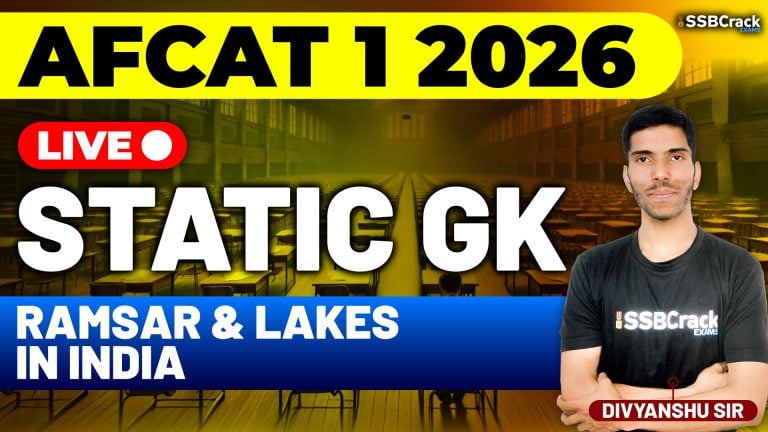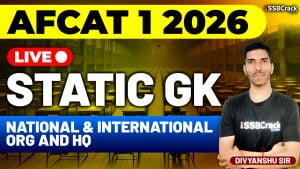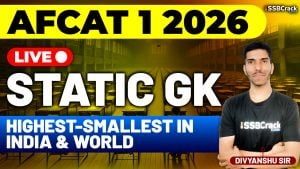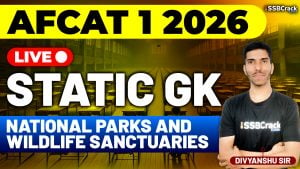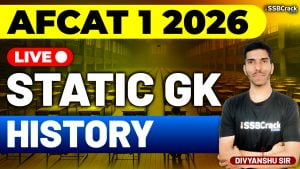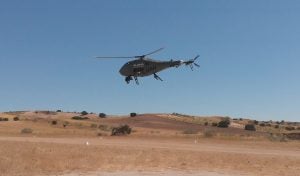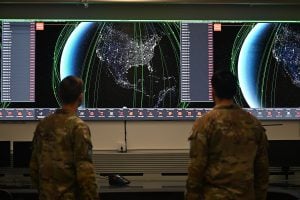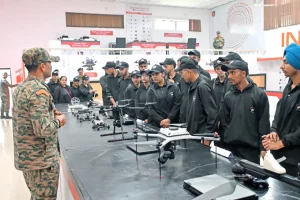The period from 1857 to 1950 marks one of the most significant phases in Indian history — a journey from the First War of Independence to the formation of the Republic of India. Understanding this timeline is crucial for aspirants preparing for the AFCAT 1 2026 Exam, as many Static GK questions are based on important events, movements, and milestones during this era.
AFCAT 1 2026 Exam Static GK – History
🗡️ Revolt of 1857 – The First War of Independence
- The Revolt of 1857 began on 10th May 1857 in Meerut and soon spread to Delhi, Kanpur, Lucknow, Jhansi, and other parts of North India.
- Mangal Pandey, a sepoy in the British Army, played a key role in initiating the rebellion.
- Leaders like Rani Lakshmibai, Tatya Tope, Begum Hazrat Mahal, and Bahadur Shah Zafar emerged as prominent figures.
- Although the revolt was suppressed, it marked the end of the East India Company’s rule and the beginning of direct British Crown control over India through the Government of India Act, 1858.
👑 British Rule and Socio-Religious Reforms (1858–1885)
- After 1858, the British introduced administrative and military changes to consolidate power.
- Social reformers like Raja Ram Mohan Roy, Swami Dayananda Saraswati, Ishwar Chandra Vidyasagar, and Swami Vivekananda started reform movements such as:
- Brahmo Samaj (1828)
- Arya Samaj (1875)
- Prarthana Samaj (1867)
- Ramakrishna Mission (1897)
- These movements aimed to eradicate social evils like sati, child marriage, and caste discrimination, and to promote education and women’s empowerment.
🇮🇳 Formation of the Indian National Congress (1885)
- The Indian National Congress (INC) was founded in 1885 by A.O. Hume, a retired British civil servant.
- The first session was held in Bombay (now Mumbai) under W.C. Bonnerjee.
- Initially, the INC worked moderately by requesting reforms through petitions, but by the early 20th century, the demand for Swaraj (self-rule) gained momentum.
⚡ National Movements and Partition of Bengal (1905–1911)
- The Partition of Bengal in 1905 by Lord Curzon triggered widespread protests.
- Leaders like Bal Gangadhar Tilak, Bipin Chandra Pal, and Lala Lajpat Rai led the Swadeshi Movement, promoting indigenous goods and boycotting British products.
- The partition was annulled in 1911, and the capital was shifted from Calcutta to Delhi.
🕊️ Gandhian Era (1915–1947)
- Mahatma Gandhi returned to India in 1915 and soon became the central figure in India’s freedom struggle.
- Major movements under his leadership:
- Champaran Movement (1917) – Against indigo planters in Bihar.
- Kheda Satyagraha (1918) – For tax relief during famine.
- Non-Cooperation Movement (1920–22) – Boycott of British goods and institutions.
- Civil Disobedience Movement (1930–34) – Launched with the Dandi March (Salt Satyagraha).
- Quit India Movement (1942) – “Do or Die” call for complete independence.
⚖️ Key Constitutional and Political Developments
- Montagu-Chelmsford Reforms (1919) – Introduced dyarchy in provinces.
- Simon Commission (1927) – Boycotted for having no Indian member.
- Round Table Conferences (1930–32) – Discussed constitutional reforms.
- Government of India Act, 1935 – Introduced provincial autonomy and proposed a federal structure.
🔥 Partition and Independence (1947)
- After years of struggle, India achieved independence on 15th August 1947.
- The subcontinent was divided into India and Pakistan based on religious lines.
- Lord Mountbatten became the last Viceroy of British India and the first Governor-General of independent India.
- Jawaharlal Nehru became India’s first Prime Minister, and Dr. Rajendra Prasad became the first President.
📜 Adoption of the Indian Constitution (1950)
- The Constituent Assembly, formed in 1946, drafted the Indian Constitution under the chairmanship of Dr. B.R. Ambedkar.
- The Constitution was adopted on 26th November 1949 and came into effect on 26th January 1950, marking the birth of the Republic of India.
🧭 Summary of Major Events (1857–1950)
| Year | Event | Significance |
|---|---|---|
| 1857 | Revolt of 1857 | First major rebellion against British rule |
| 1885 | Formation of INC | Beginning of organized political movement |
| 1905 | Partition of Bengal | Rise of Swadeshi Movement |
| 1919 | Jallianwala Bagh Massacre | Turning point in Indian freedom struggle |
| 1930 | Dandi March | Launch of Civil Disobedience |
| 1942 | Quit India Movement | Mass protest demanding immediate independence |
| 1947 | Independence of India | End of British rule |
| 1950 | India became Republic | Constitution came into force |
🧠 Key Points for AFCAT 1 2026 Exam
- Remember important years and events chronologically.
- Focus on major movements, leaders, and constitutional acts.
- Revise the role of Indian National Congress, Gandhian movements, and British reforms.
- Practice MCQs based on freedom struggle, social reforms, and constitutional developments.
